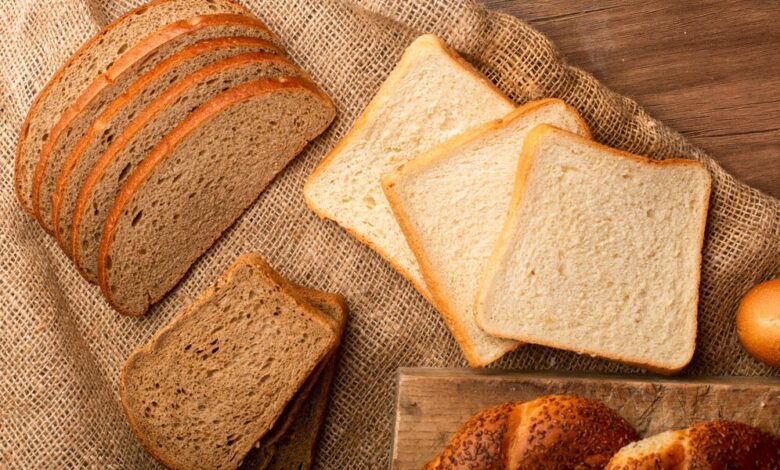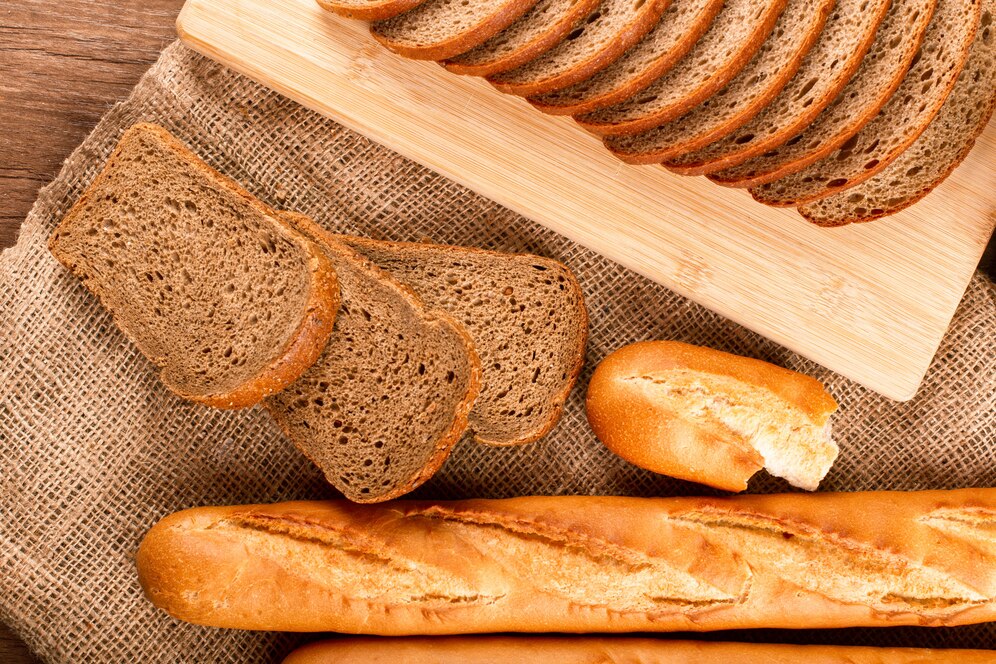Understanding Gluten: What It Is and Why It Matters

Gluten has turn out to be a buzzword in recent years, often related to dietary restrictions and fitness traits. But what exactly is gluten, and why is it so vast within the realm of nutrition and health? This article will delve into the character of gluten, its position within the meals industry, and its effect on fitness.
What Is Gluten?
Gluten is a group of proteins located in wheat and related grains which includes barley, rye, and oats. It is what gives dough its elasticity, helps it rise, and continues its form. The term “gluten” comes from the Latin word for “glue,” which displays its sticky, binding homes.
In wheat, gluten is ordinarily composed of two proteins: gliadin and glutenin. Gliadin is responsible for the dough’s extensibility, while glutenin contributes to its elasticity. When flour is blended with water, those proteins form a community that traps air bubbles, giving baked goods their texture and shape.
Gluten within the Food Industry
Gluten performs a crucial function within the meals enterprise, in particular in baking. It is utilized in a wide range of products, from bread and pastries to pasta and pizza dough. Its ability to create a chewy texture and improve the consistency of baked items makes it an vital ingredient in lots of recipes.
Beyond baking, gluten is also used as a stabilizing agent in processed meals. It can be located in gadgets which include soups, sauces, or even some dairy merchandise. Gluten’s versatility makes it a precious element in both domestic kitchens and industrial food manufacturing.
Health Implications of Gluten
While gluten is a not unusual and beneficial thing of many foods, it is able to have tremendous fitness implications for sure people. There are three number one conditions related to gluten: celiac disorder, non-celiac gluten sensitivity, and wheat allergy.
- Celiac Disease
Celiac disease is an autoimmune ailment where the ingestion of gluten triggers an immune reaction that damages the lining of the small gut. This harm impairs nutrient absorption and may lead to quite a number symptoms, which includes diarrhea, stomach pain, bloating, and fatigue. Long-time period exposure to gluten in people with celiac disease can result in serious headaches, consisting of malnutrition, osteoporosis, and an elevated risk of positive cancers.
Diagnosis of celiac sickness is normally finished through blood tests and a biopsy of the small intestine. The only treatment for celiac sickness is a strict, lifelong gluten-loose diet. Avoiding gluten allows the small gut to heal and enables manipulate signs.
- Non-Celiac Gluten Sensitivity

Non-celiac gluten sensitivity (NCGS) is a circumstance where individuals revel in signs just like those of celiac disease after ingesting gluten, however without the autoimmune reaction or intestinal damage. Symptoms of NCGS can encompass bloating, belly pain, headache, and fatigue. Unlike celiac disease, there are not any specific tests for NCGS, so diagnosis is frequently primarily based at the exclusion of different conditions and a high quality reaction to a gluten-free diet.
- Wheat Allergy
A wheat hypersensitive reaction is an allergic reaction to proteins observed in wheat, which includes gluten. This circumstance isn’t like celiac disorder and NCGS. Symptoms can variety from moderate, consisting of hives or nasal congestion, to excessive, along with anaphylaxis. Wheat allergic reaction is identified through allergic reaction checking out, and management entails warding off wheat-containing meals.
Gluten-Free Diet Trends
In latest years, gluten-free diets have won popularity beyond people with clinical conditions. Some people pick to take away gluten for perceived health benefits or as part of a lifestyle desire. However, it’s important to observe that a gluten-loose diet isn’t necessarily healthier for absolutely everyone.
For individuals without celiac disorder or gluten sensitivity, there may be no sturdy proof to indicate that keeping off gluten has big health blessings. In truth, many gluten-free products can be lower in vital nutrients, together with fiber and vitamins, and better in sugars and fat.
Making Informed Choices
For people who want or pick to observe a gluten-unfastened weight loss program, it’s vital to make knowledgeable alternatives. A gluten-loose food plan can be nutritionally balanced if planned carefully. It is crucial to encompass quite a few whole ingredients such as culmination, greens, lean proteins, and gluten-unfastened grains like quinoa, rice, and buckwheat.
Food producers are more and more offering gluten-loose alternatives, making it simpler to discover appropriate merchandise. However, pass-contamination is a problem, especially for people with celiac disease. It is crucial to be vigilant approximately analyzing labels and verifying that meals are certified gluten-free.
Conclusion
Gluten is a complicated protein that plays a fundamental position in the texture and shape of many ingredients. While it’s miles crucial for lots baked goods and processed meals, it can also pose health risks for people with celiac disease, non-celiac gluten sensitivity, or wheat hypersensitivity.



